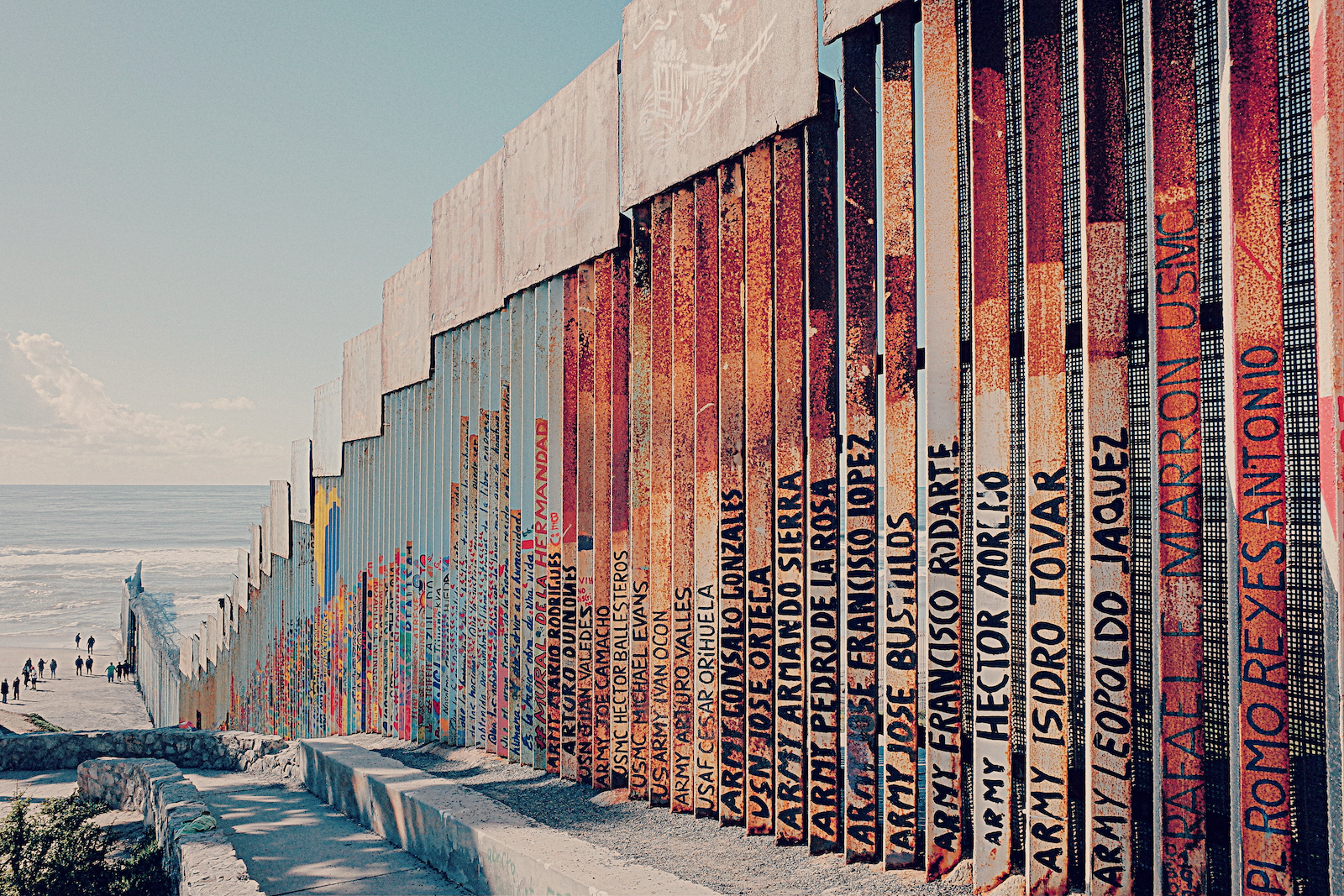
Build Courts, Not Walls, on the Southern Border
In recent years, immigrants from Mexico and South and Central America have been faced with a double-edged sword. No matter which way they turn, they are exploited and exposed to oppression. At home, they are guided by the hand of persecution, rape, violence, and horrific living conditions. When they enter the U.S., immigrants are met with disrespect, racial profiling, psychological abuse, and unsanitary, crowded living spaces. It is long past time that America smooths one edge of the sword, making the U.S. a safe and organized place for immigrants to seek asylum.
Nearly 50,000 people are housed in unsafe shelters in Mexico, waiting to get a chance to enter the U.S. According to the Fifth Circuit, “Nearly 4 million people are currently waiting abroad in the family-based immigration backlogs.” The Hill’s Nolan Rappaport reported in July that over 13 million immigration cases still must be processed. These immigrants come from a myriad of different places like Mexico, Cuba, Haiti, Cameroon, Russia, Venezuela, Ukraine, and China.
Owing to blistering heat and crowded spaces, over 800 people died while seeking asylum in the United States. Current disorganization at the border leaves millions of immigrants to suffer. Currently, over 76% of unaccompanied minors are detained by the federal government. These detention centers incubate potentially fatal diseases, have provided dangerously undercooked meat, and where sexual abuse is a real and constant threat. And because of border disorganization, these children wait for years in horrifying conditions.
America must focus on building a safe, orderly, and humane border. This doesn’t mean building more walls. Rather, it means building courts and installing more judges at the border. Walling off immigrants does nothing to solve this humanitarian crisis, instead locking immigrants into a larger cycle of poverty and instability.
As conditions grow more dangerous and violent in Latin America, the immigration backlog is only expected to get worse. To manage the flow of migrants more efficiently and humanely, America needs more judges. There are less than 600 judges at the U.S. border tasked with instituting over 4 million immigration cases. There is thus no question why America’s border is so unorganized and crowded. There aren’t enough judges to process all the requests. The president of the National Association of Immigration, Mimi Tsankov, said “It’s very worrisome. The fundamental requirement for a full and fair hearing is notice of your hearing and the ability to attend your hearing.”
More judges would not only speed up the process of entry but ensure that immigrants spend less time homeless or in detention.
Many argue that America can’t handle the weight of more immigrants, but the shocking truth is that America can’t survive without these immigrants. America certainly has the capacity to welcome more immigrants and indeed needs them to fill holes in the economy. Immigrants fill jobs in the agricultural sector, work nontraditional hours, and add vital services to their local communities. Some studies even suggest that we need more immigrants to curb inflation. And unlike their Ellis Island predecessors, today’s immigrants are much more likely to have a specialized domain.
Everyone understands the magnitude of this crisis and the critical need to speed up the naturalization process. Immigrants will suffer less if their cases go by faster. Only by increasing judges, courts, and lawyers at the border can naturalization be reformed.
America’s immigration system certainly requires an overhaul. Installing more judges in immigration courts is only a small — yet impactful — part of a broader plan to make America a peaceful place for immigrants. After immigrants go through courts, they must receive economic accommodations to get situated in America. America must further codify protections and punishments against discrimination and surging xenophobia. There’s a long road ahead, but fortifying immigration justice systems can help accelerate America’s transition to immigration stability.

